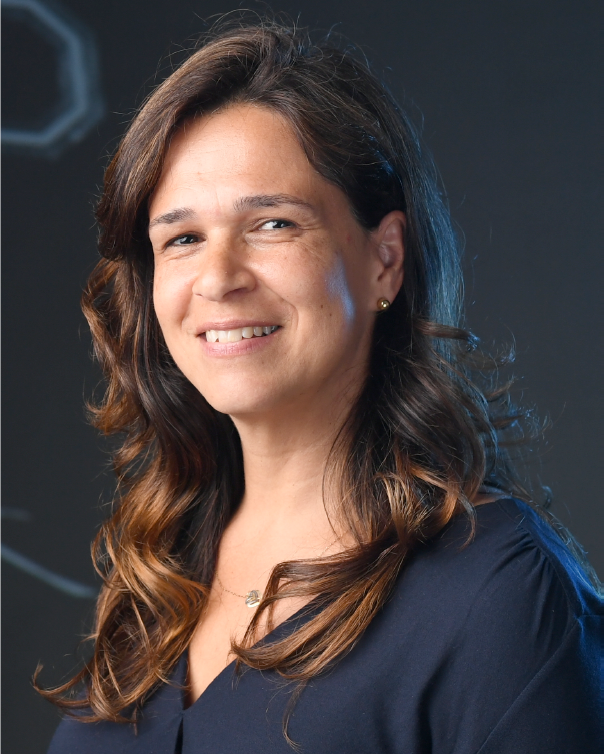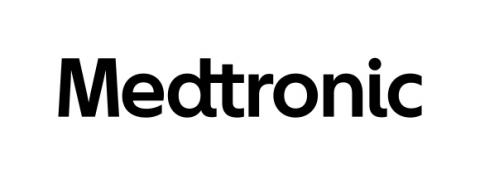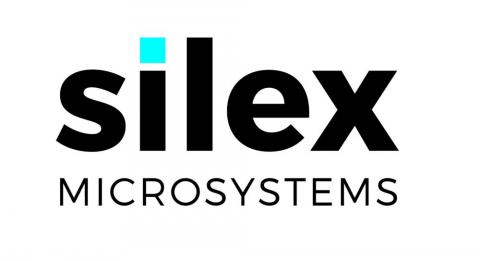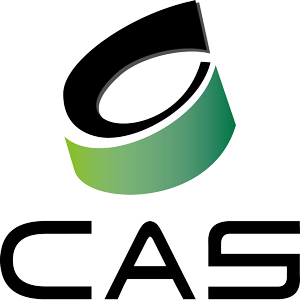Wednesday, October 17
1:00 PM - 2:30 PM
Printed Flexible Medical Devices: From Materials to Systems
Abstract
Wearable noninvasive medical sensing is extremely promising for monitoring human performance during physically demanding tasks. Printed sensors provide a distinct advantage over rigid sensors at establishing high-fidelity sensor-skin interfaces due to their inherently flexible material systems and form-factors. These sensors are suitable for monitoring vital signs as well as analytes in bodily fluids. We have demonstrated an integrated wearable and flexible multi-sensor platform capable of simultaneous bioelectronic and biophotonic sensing for better understanding of physiological state of the human body. The sensor platform is composed of printed photoplethysmography (PPG) and sweat sensors. The sweat sensor is comprised of printed sodium, ammonium, and lactate sensors. The complete system is powered by two flexible printed batteries at 8V with 40mAh of capacity. This integrated platform can provide meaningful data to the end users or healthcare professionals, stretching the application domain of this wearable sensing platform beyond the fitness domain to medical diagnostics. In this tutorial, I will give an introduction to printable electronic materials and printing techniques as tools to deposit and pattern sensors and electronic devices. The sensor design and requirements will also be covered along with implementation considerations. A short discussion on power consumption and flexible power sources will be also included.
Speaker Biography
Ana Claudia Arias is a Professor in the Electrical Engineering and Computer Science Department at the University of California–Berkeley and a faculty director at the Berkeley Wireless Research Center (BWRC) and SWARM lab. Prior to joining the University of California, she was the head of the Printed Electronic Devices Area and a Member of Research Staff at PARC, a Xerox Company, Palo Alto, CA. She went to PARC from Plastic Logic in Cambridge, UK, where she led the semiconductor group. She received her Ph.D. on semiconducting polymer blends for photovoltaic devices from the Physics Department at the University of Cambridge, UK. Prior to that, she received her master and bachelor degrees in Physics from the Federal University of Paraná in Curitiba, Brazil. Her research focuses on devices based on solution-processed materials and application development for flexible sensors and electronic systems. Ana Claudia is a co-founder of InkSpace Imaging, the chair of Thin-Film Electronics Technical Advisory Council, and an author of over 100 peer-reviewed publications and issued patents.













